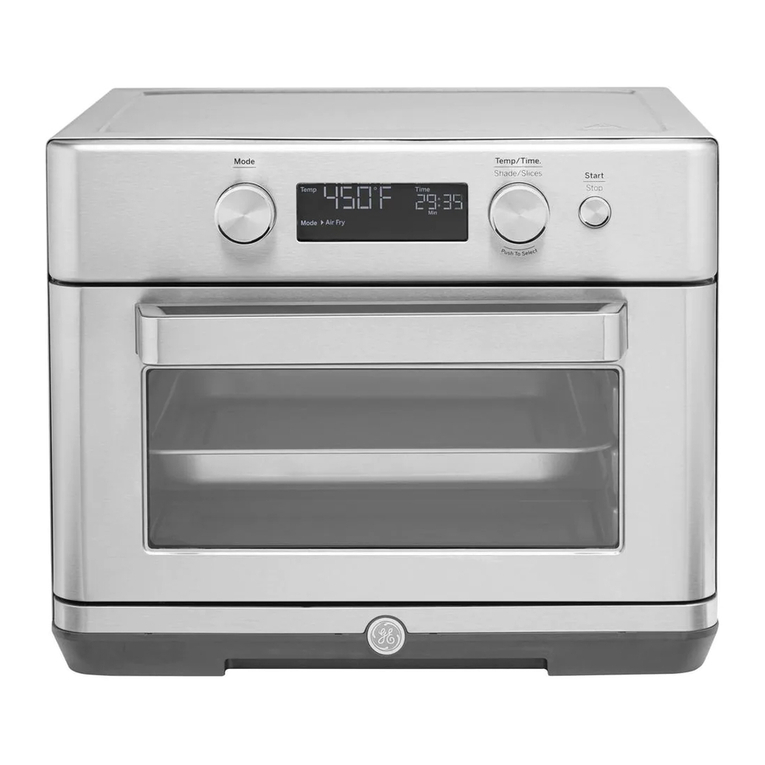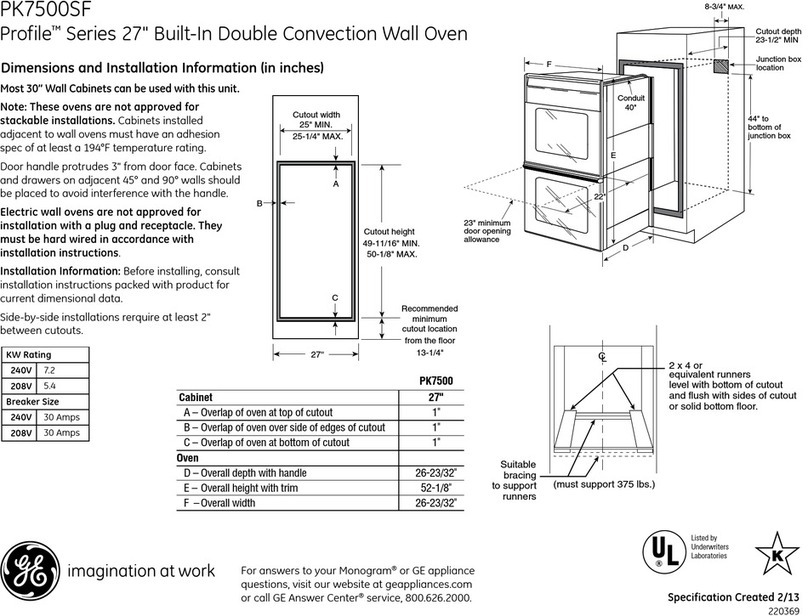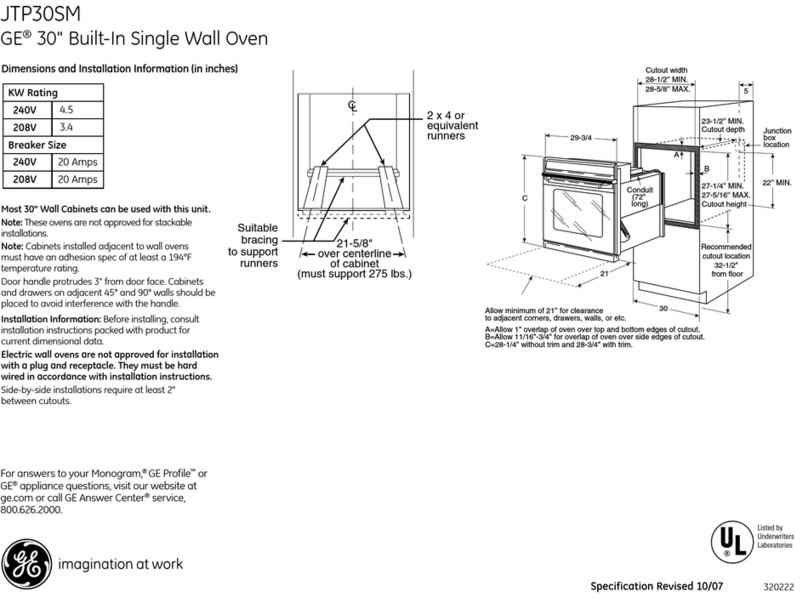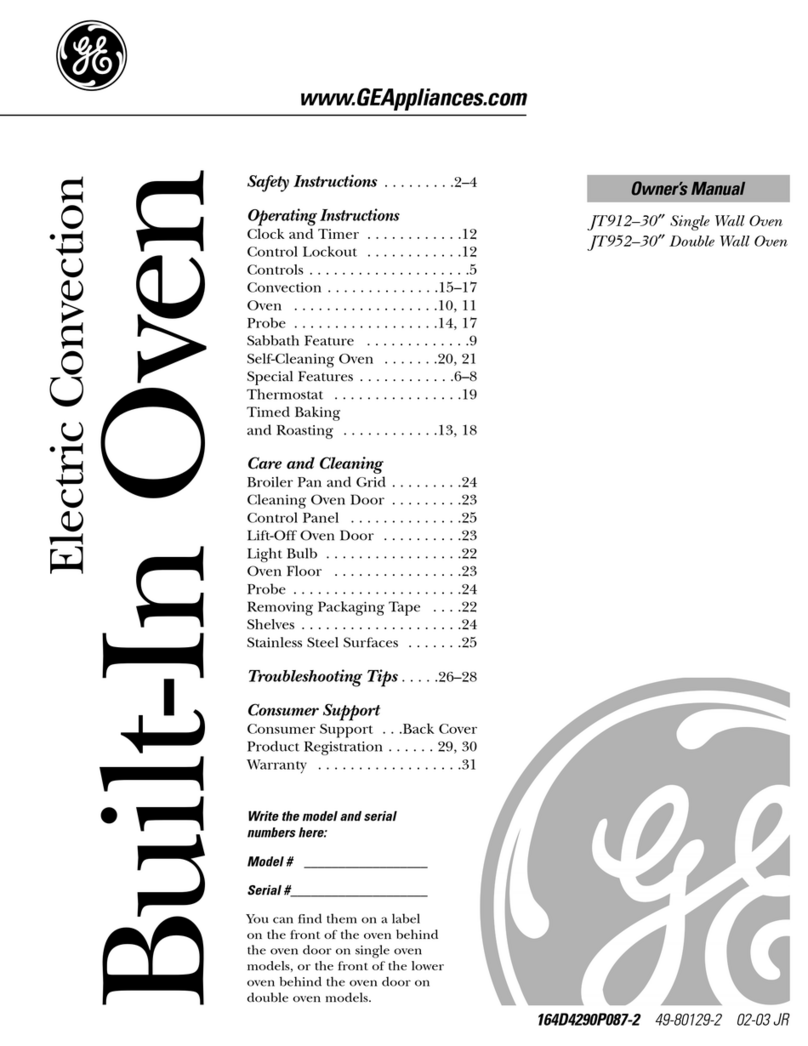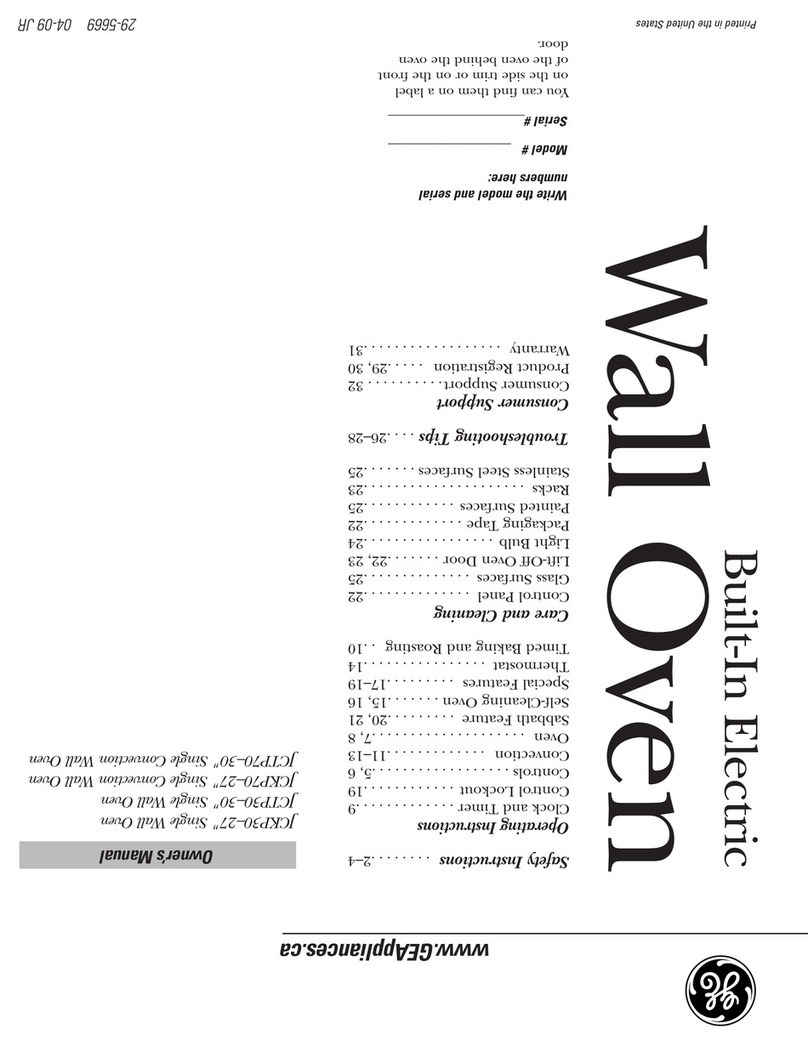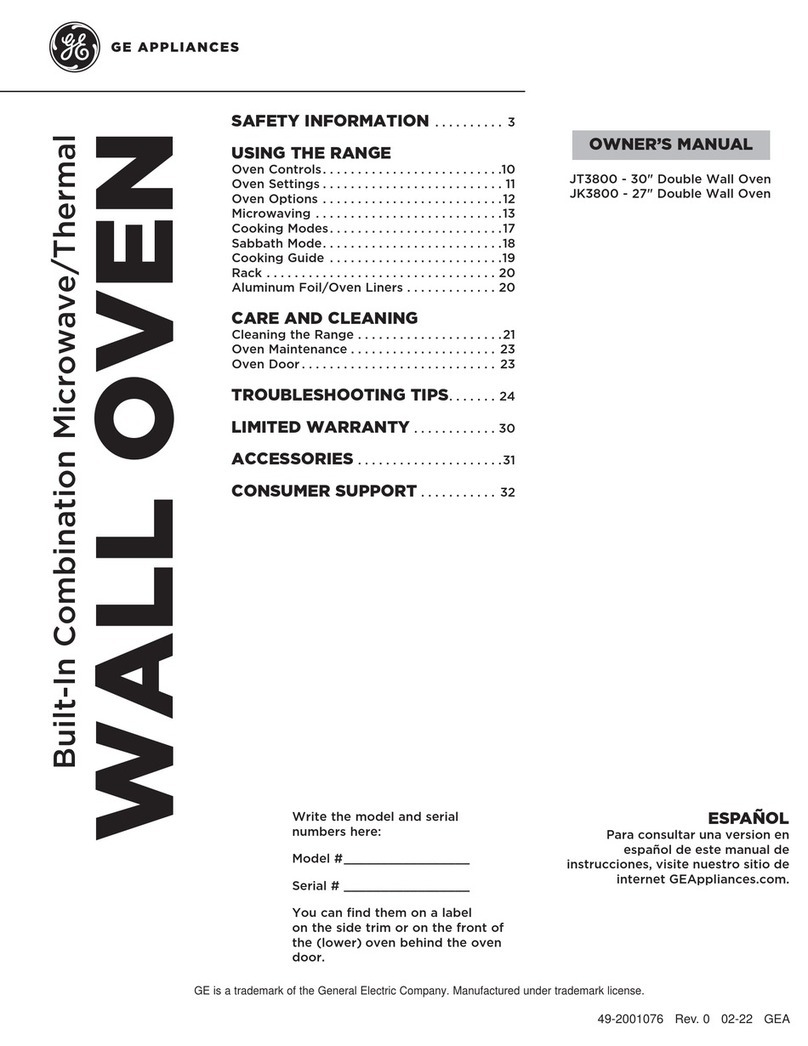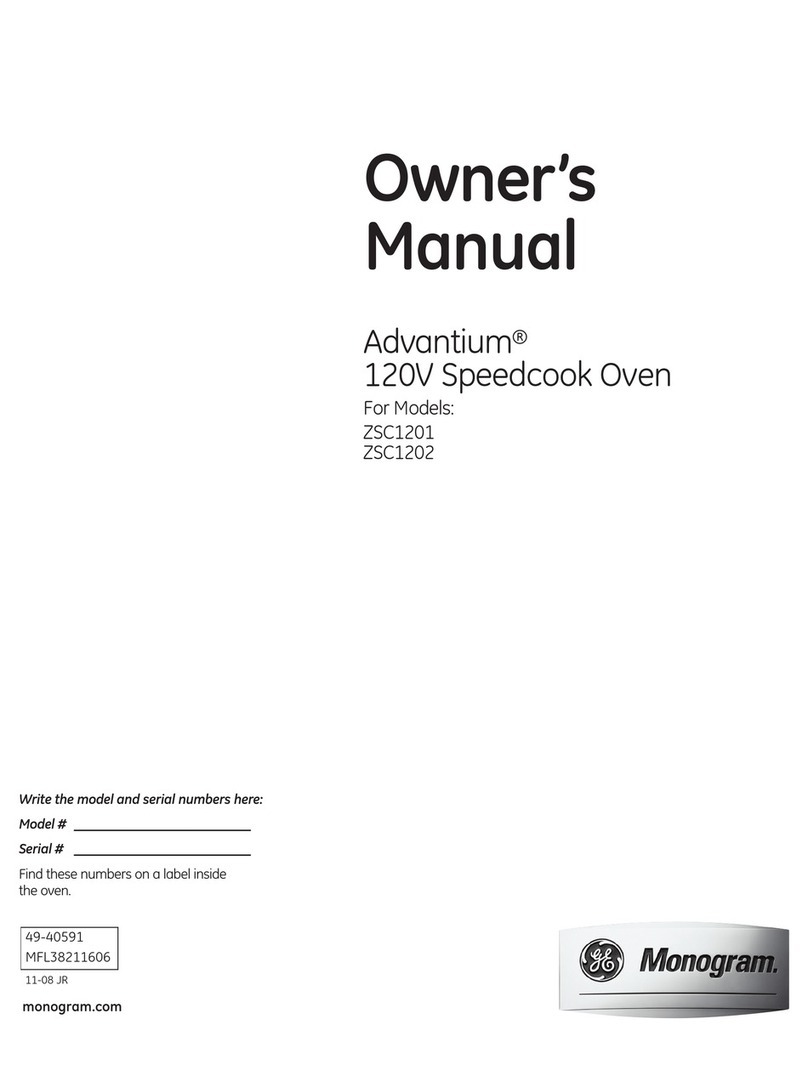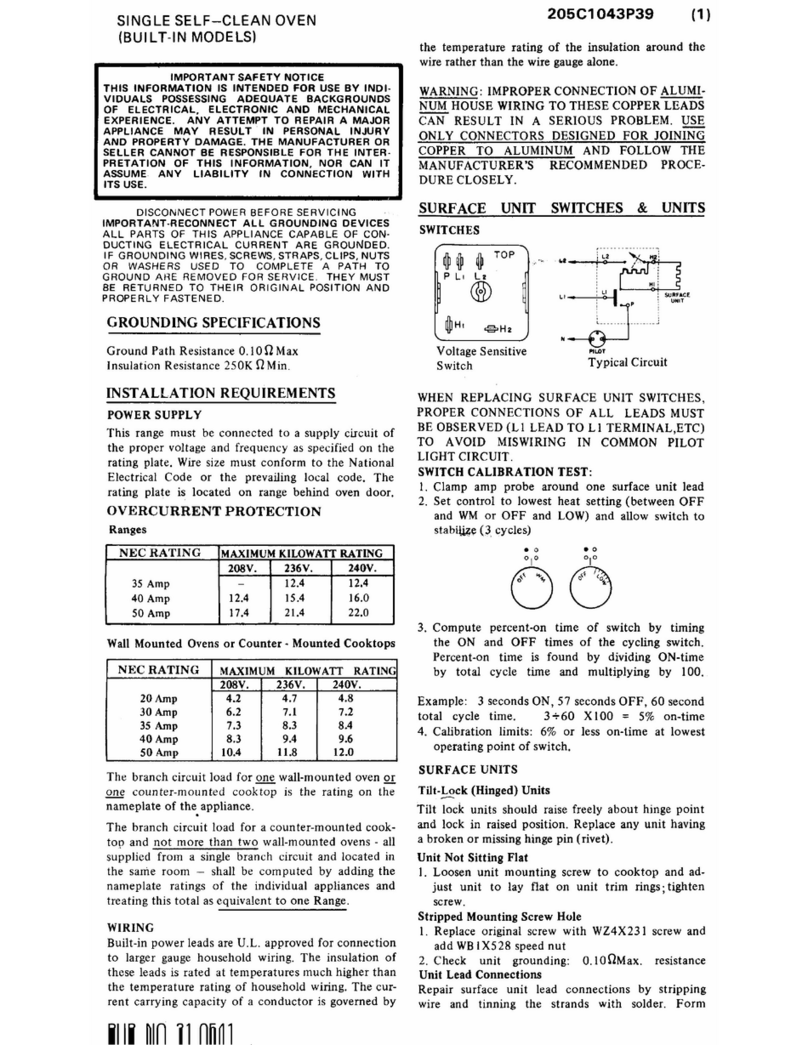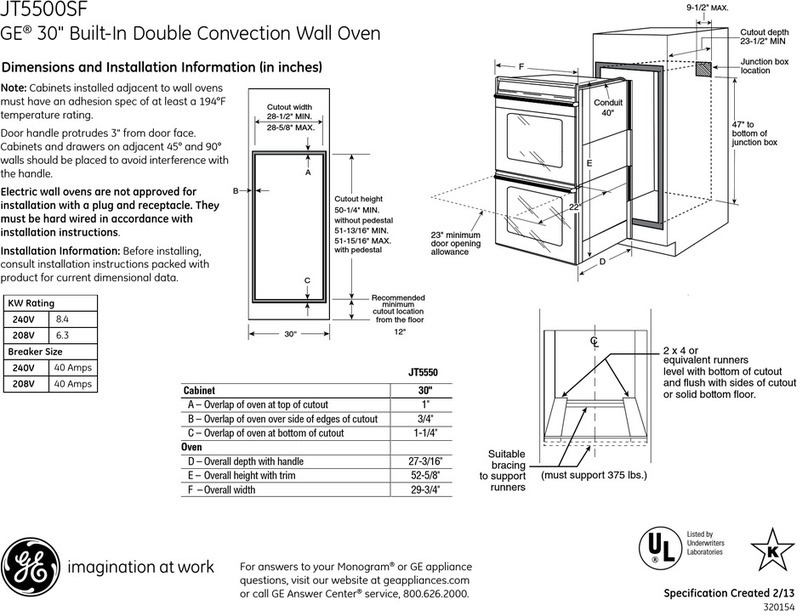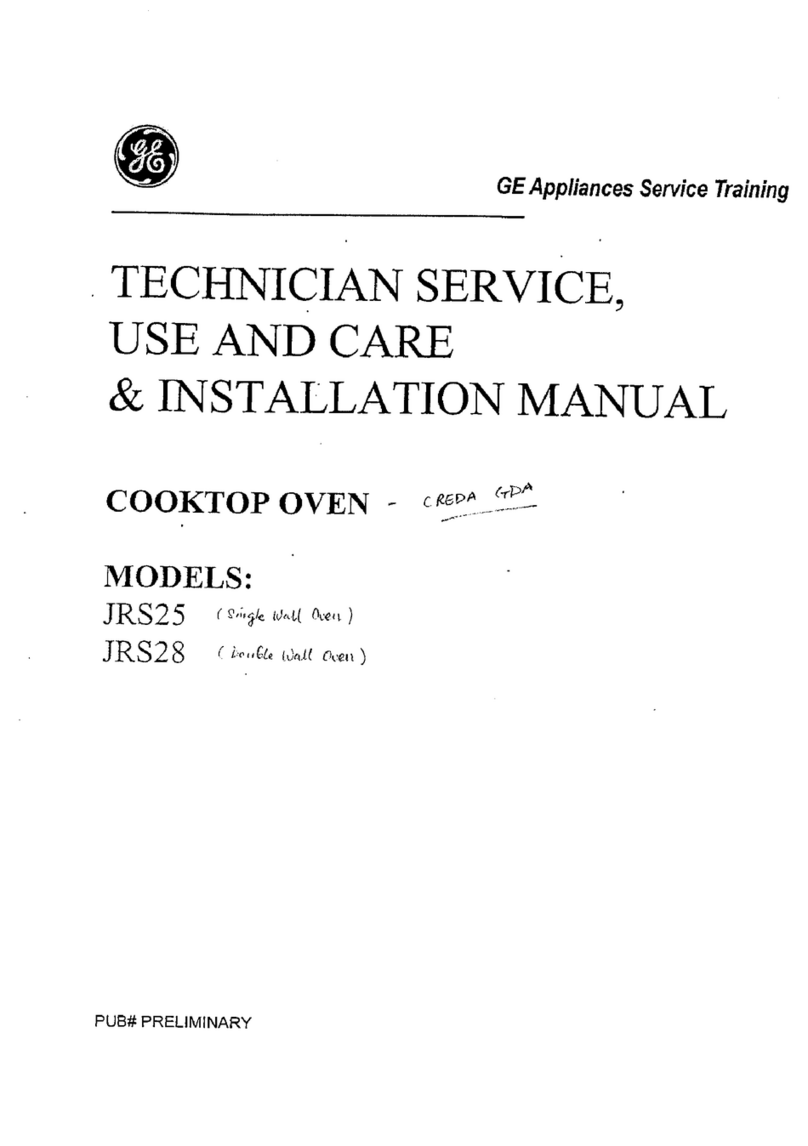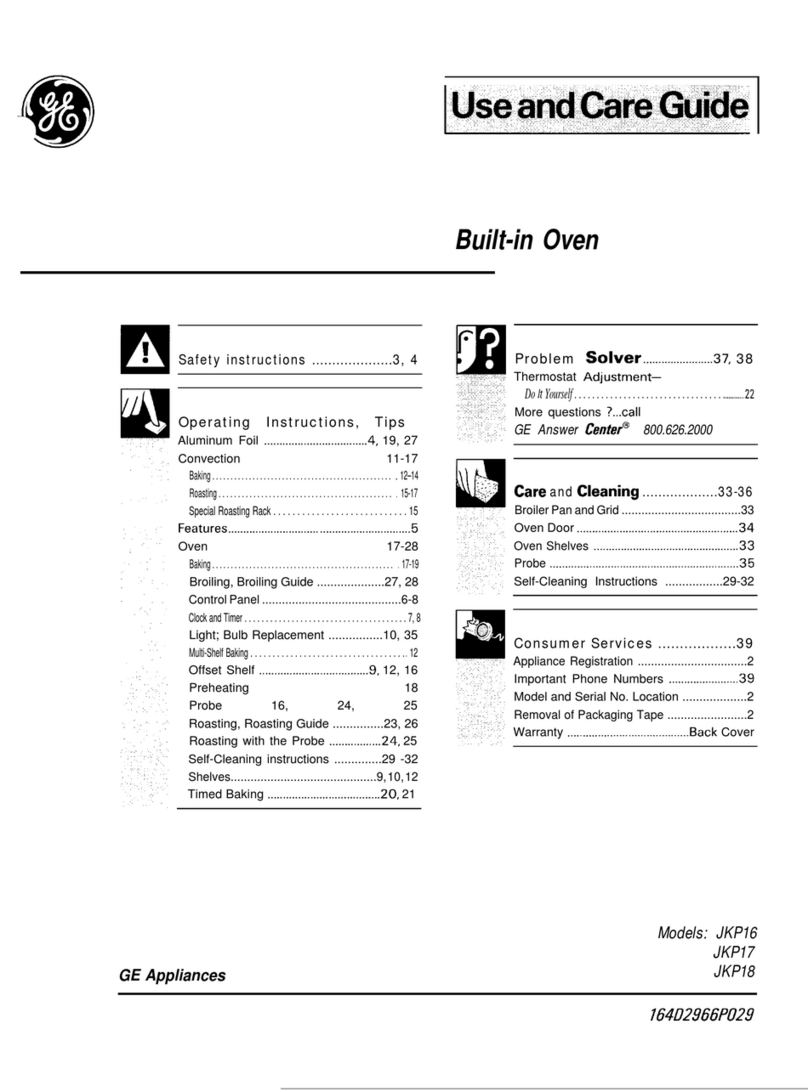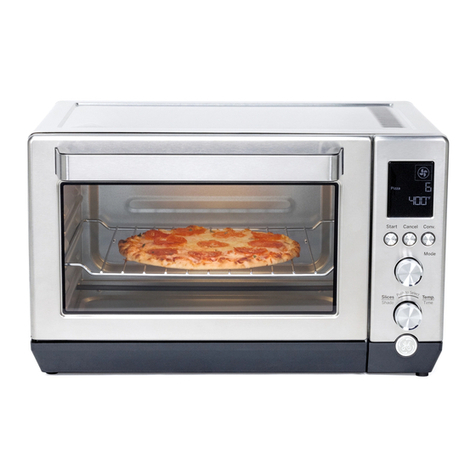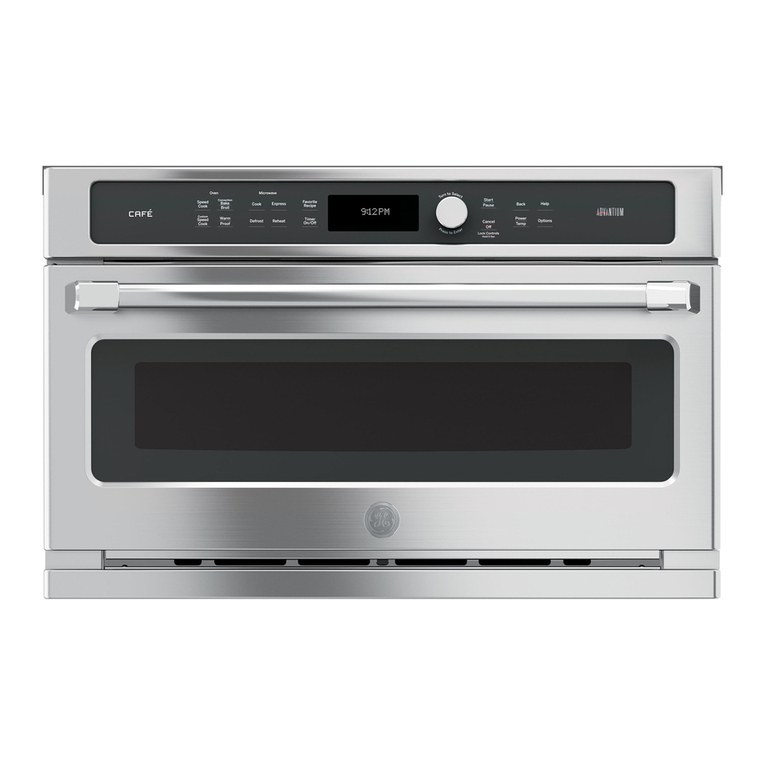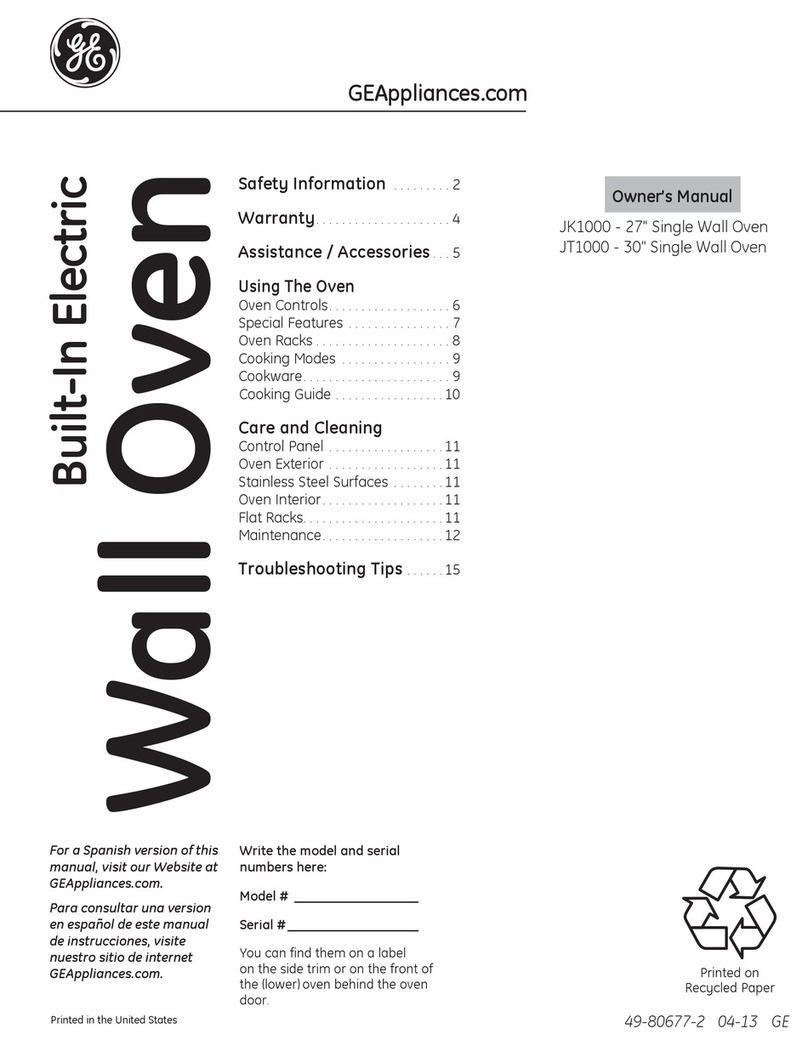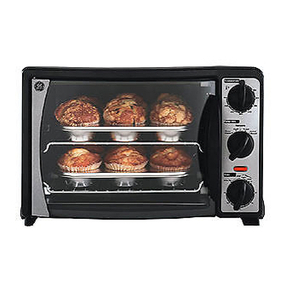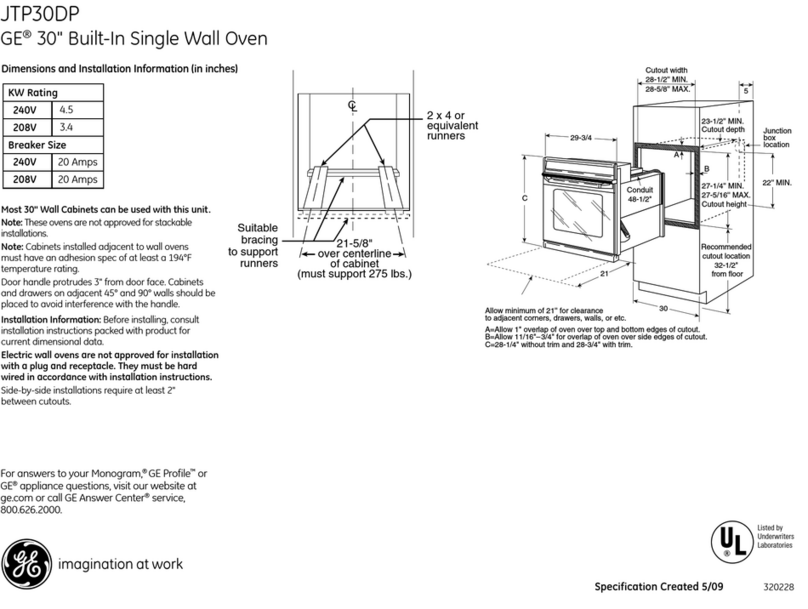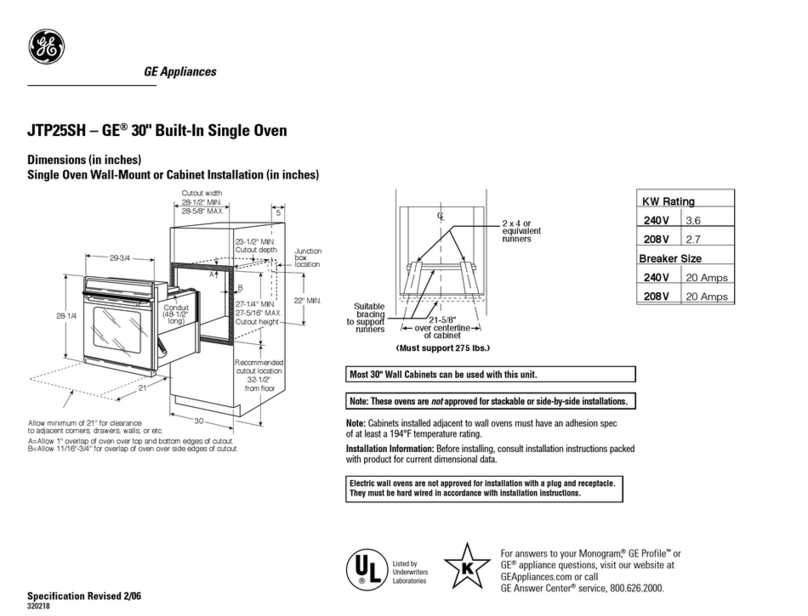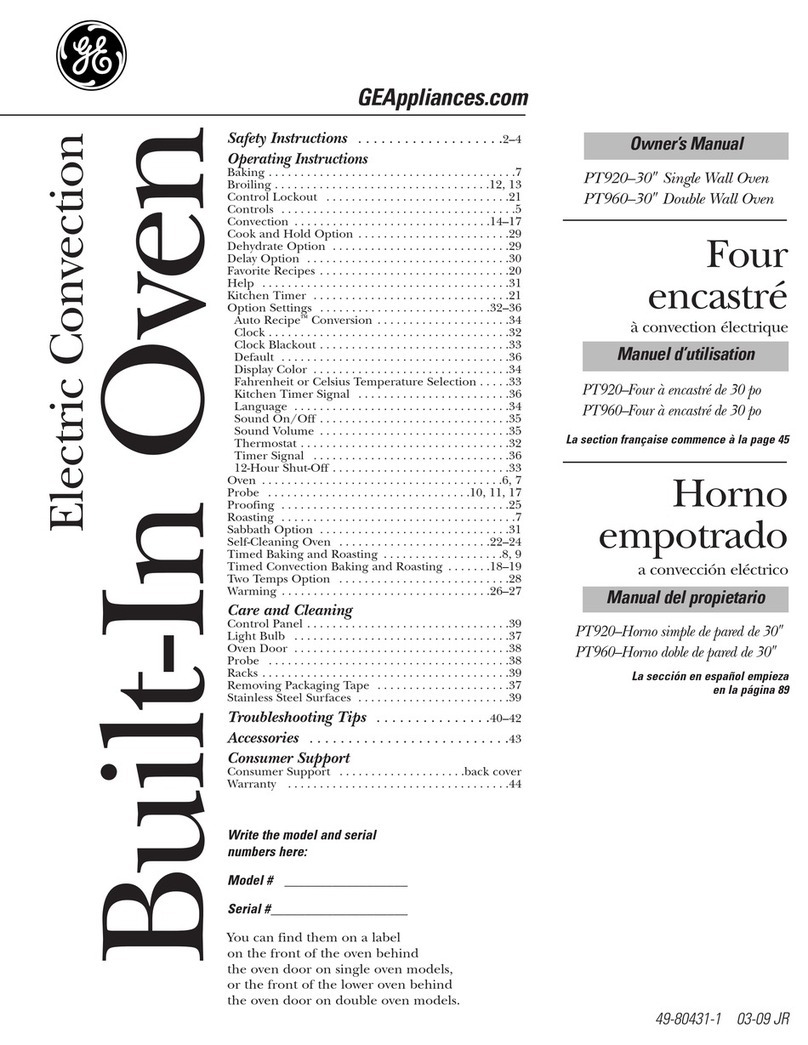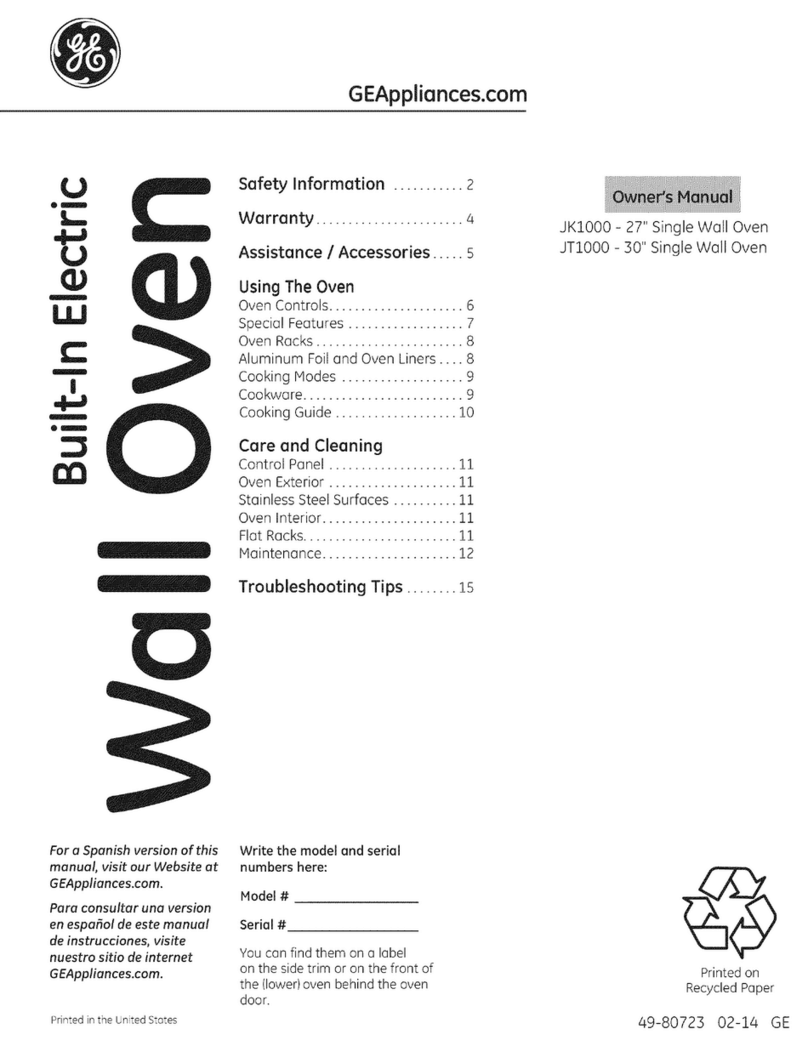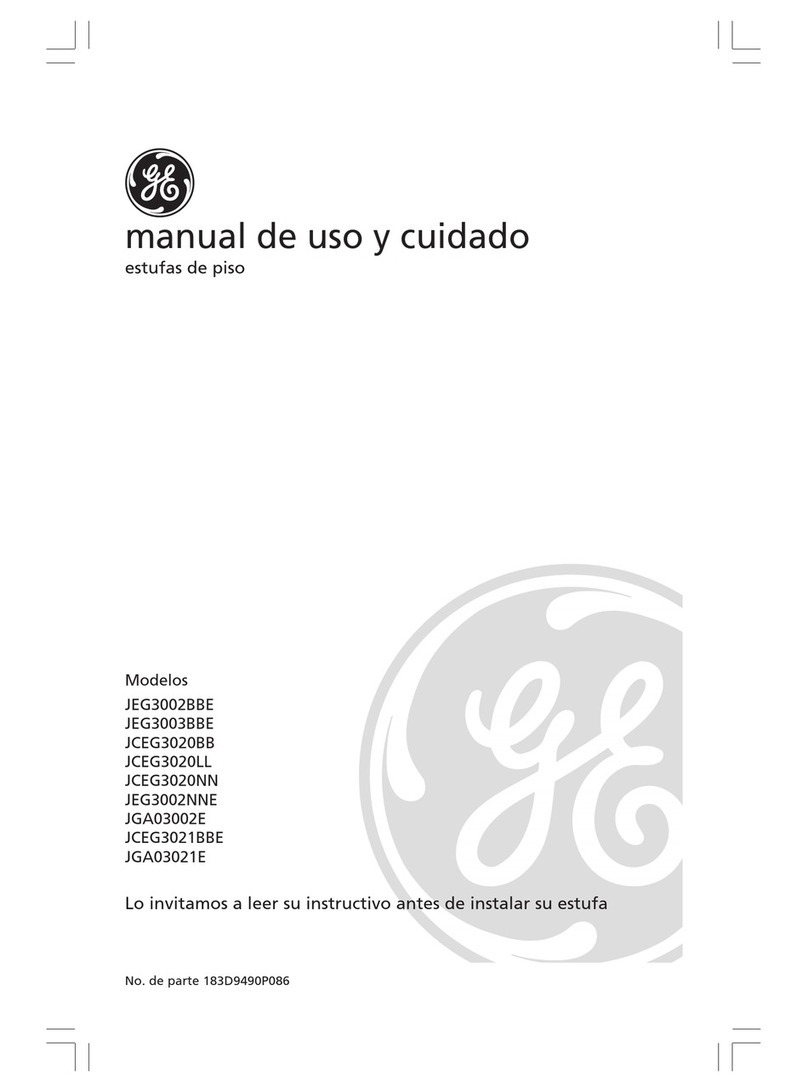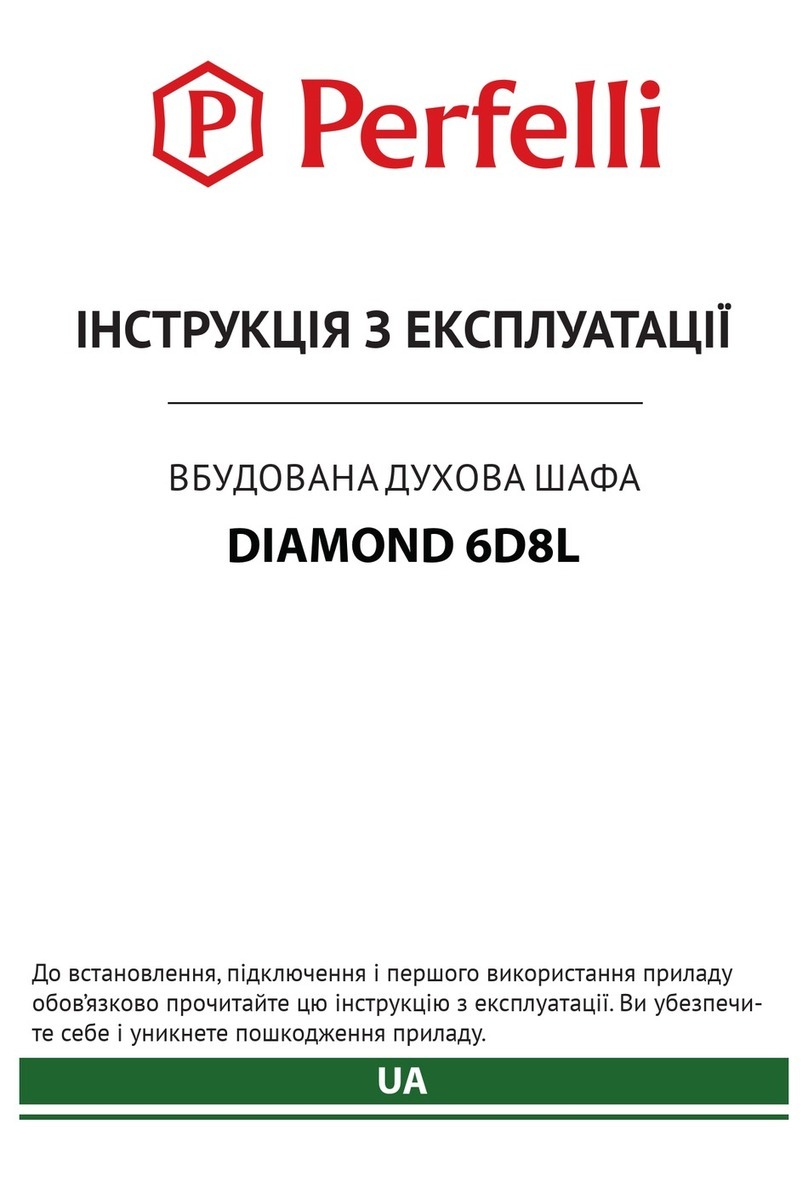
49-80784 9
How to Set an Immediate Start and Automatic Stop
The oven will turn on immediately and cook for a
selected length of time. At the end of the cooking
time the oven will turn off automatically.
Touch the BAKE pad.
Touch the number pads to set the desired
oven temperature.
Touch the COOK TIME pad.
NOTE: If your recipe requires preheating, you
may need to add additional time to the length of
the cooking time.
Touch the number pads to set the desired
length of cooking time. The minimum
cooking time you can set is 1 minute.
The oven temperature that you set and
the cooking time that you entered will be
in the display.
Touch the START pad.
NOTE: An attention tone will sound if you are using
timed baking and do not touch the START pad.
The oven will turn ON, and the display will
show the cooking time countdown and the
changing temperature starting at 100°F. (The
temperature display will start to change once
the oven temperature reaches 100°F.) When
the oven reaches the temperature you set, 3
beeps will sound.
The oven will continue to cook for the set
amount of time, then turn off automatically,
unless the WARM feature was set. See the How
to Set the Oven for Warming section.
Touch the CLEAR/OFF pad to clear the
display if necessary. Remove the food
from the oven. Remember, even though
the oven turns off automatically, food left
in the oven will continue cooking after the
oven turns off.
How to Set a Delayed Start and Automatic Stop
The oven will turn on at the time of day you set,
cook for a specific length of time and then turn
off automatically.
Make sure the clock shows the correct time of
day.
Touch the BAKE pad.
Touch the number pads to set the desired
oven temperature.
Touch the COOK TIME pad.
NOTE: If your recipe requires preheating, you
may need to add additional time to the length of
the cooking time.
Touch the number pads to set the desired
length of cooking time. The minimum
cooking time you can set is 1 minute.
The oven temperature that you set and
the cooking time that you entered will be
in the display.
Touch the DELAY START pad.
Touch the number pads to set the time of
day you want the oven to turn on and
start cooking.
Touch the START pad.
NOTE: An attention tone will sound if you are using
timed baking and do not touch the START pad.
NOTE: If you would like to check the times
you have set, touch the DELAY START pad to
check the start time you have set or touch the
COOK TIME pad to check the length of cooking
time you have set.
When the oven turns ON at the time
of day you set, the display will show
the cooking time countdown and the
changing temperature starting at 100°F.
(The temperature display will start to
change once the oven temperature
reaches 100°F.) When the oven reaches
the temperature you set, beeps will sound.
The oven will continue to cook for
the set amount of time, then turn off
automatically, unless the WARM feature
was set. See the How to Set the Oven for
Warming section.
Touch the CLEAR/OFF pad to clear the
display if necessary. Remove the food
from the oven. Remember, even though
the oven turns off automatically, food left
in the oven will continue cooking after the
oven turns off.
Using the timed baking and roasting features. GEAppliances.com
NOTE: )RRGVWKDWVSRLOHDVLO\³VXFKDVPLONHJJVILVKVWXIILQJVSRXOWU\DQGSRUN³VKRXOGQRWEHDOORZHGWRVLWIRUPRUH
WKDQKRXUEHIRUHRUDIWHUFRRNLQJ5RRPWHPSHUDWXUHSURPRWHVWKHJURZWKRIKDUPIXOEDFWHULD%HVXUHWKDWWKHRYHQ
light is off because heat from the bulb will speed harmful bacteria growth.






